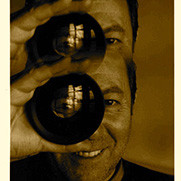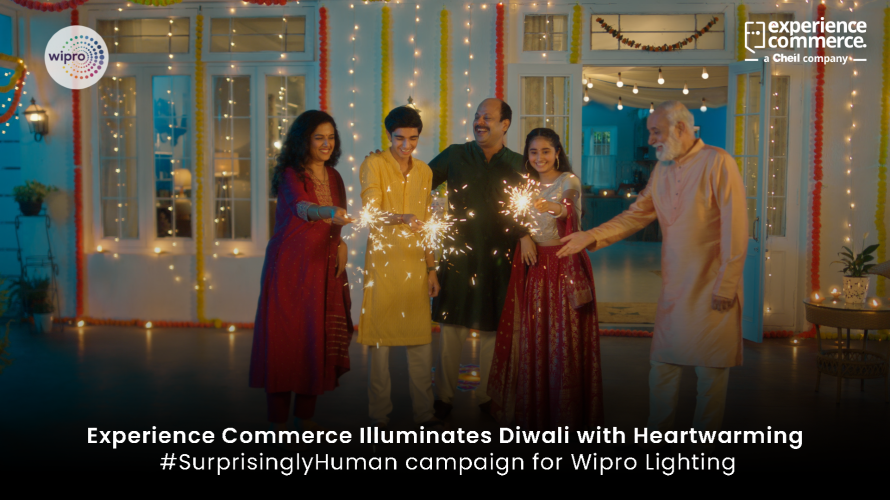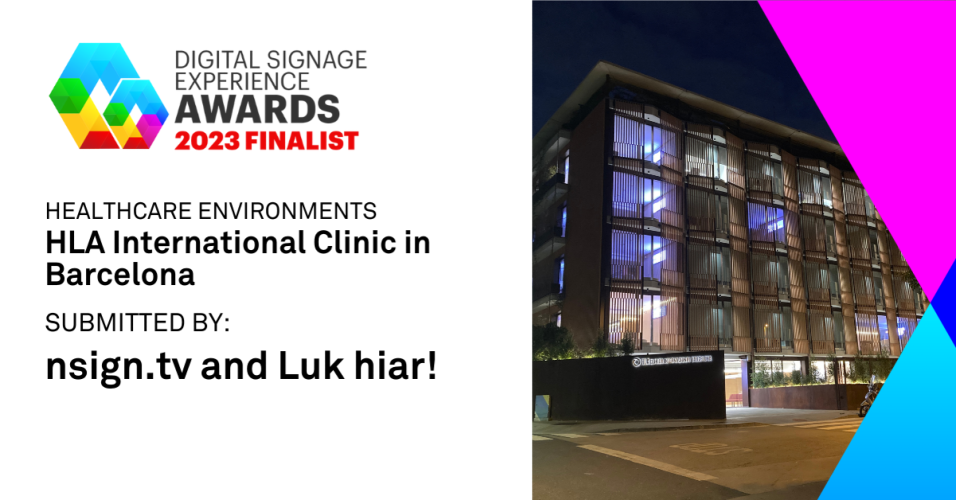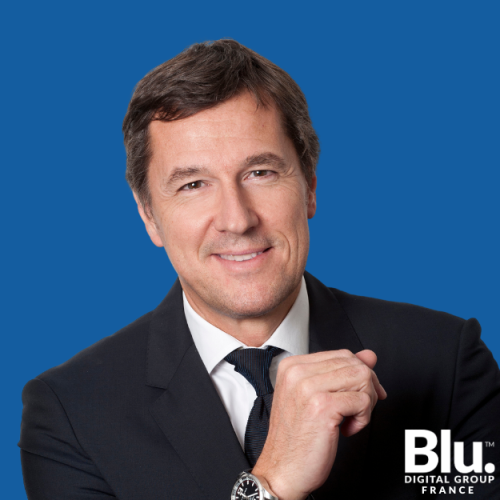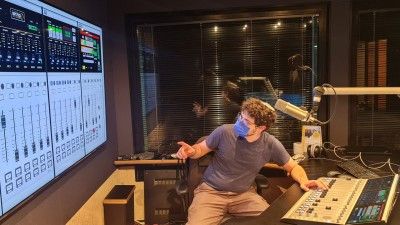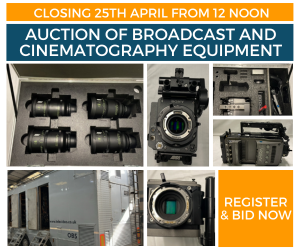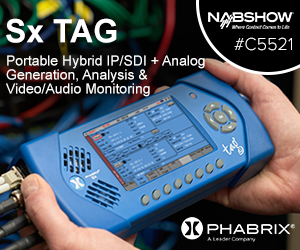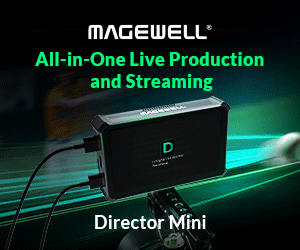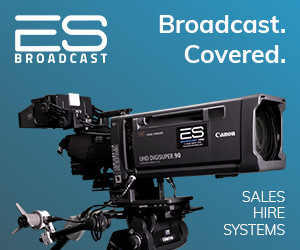by Stuart Harris Issue 112 - April 2016
Tell us a bit about yourself Stuart.
At the moment I am the acting head of cinematography here at the National Film and Television School. I have been a cinematographer from around 1980 and I have done commercials, music videos, feature films, sort of everything really. I think a creative career was what I wanted to do and I found myself doing lots and lots of commercials which I really enjoy doing and music videos which I also love as well. But we\'re all storytellers and I don\'t think at the end of the day whether the film or the card in the camera knows what you\'re shooting it is what you put on there, that\'s the most important thing.
So what led you to the NFTS?
I was invited here about ten years ago. I was asked originally to do a master class and I\'ve stayed ever since, and it\'s great great place to be. The students are studying a 2 year MA and it\'s a full on cinematography course.
We\'ve been with the students this morning in the studio where they have been recreating a masterpiece.
Can you tell us a little about the task and what they gain from it.
The exercise we\'re seeing today is a set recreated on stage one here at the NFTS of a painting by Pieter de Hooch. It\'s a beautiful set painted by John Davey, one of the great artists and painters in this industry who retired some time ago, who comes in to do it because he\'s just passionate about everything, which is what we all are. Something cinematographers have to do as well as create the mood and the image is sometimes having to follow other areas, in other words if you\'re a second unit cinematographer you have to follow the main cinematographer and light in that style. This exercise is a master class in attention to detail in recreating this work of art.
So what we are doing is making this painting come to life. But it\'s got to be photographed and it\'s got to be lit exactly as Pieter de Hooch lit it even though when you study a painting it is not like a photograph because he paints during the day and the light changes a lot. So you\'ve got to build a lot of that in but the mood will be exactly the same as he did it and the students are looking and analyzing something to make that come to life.
We do it with the Arri Alexa digital camera and we do it on film as well so they can compare both. The DPP (Digital Post Production) Department will do their own as well and there\'s a green screen and blue screen element that\'s quite important because they\'re putting in what\'s on that screen.
As for the set, and the lighting in particular, who is rigging this and setting it up?
In cinematography we have a gaffer who\'s been helping us and I\'ve been taking over all charge of the cinematographers. So they\'ve all been putting their feelings in and is left open to them so they\'ll say "Stuart, that doesn\'t look right because on the painting...."and we\'ll say go and do it then.
Lighting is obviously the key thing about the whole set.
What type of lights are you using and how are they placed?
The most important thing for me on the set is the look of it and the mood and everything about it. If I can achieve that with coolness and keep the set cool so the actors aren\'t perspiring as they\'re wearing costumes that are very heavy and very thick. Years ago you\'d have lit that set and everybody would be sweating and they look at you as if they could kill you.
These days we think very carefully about what we do and if you look at the blue and the green screens they are lit with Kino Flo tubes which are a godsend because they take very little energy and you have the purest light you could possibly get. Yes you can do it with the tungsten lights and gel them but it\'s a jerk off. This is how to do it. You do it the right way.
What type of lights are you using and how are they placed?
The most important thing for me on the set is the look of it and the mood and everything about it. If I can achieve that with coolness and keep the set cool so the actors aren\'t perspiring as they\'re wearing costumes that are very heavy and very thick. Years ago you\'d have lit that set and everybody would be sweating and they look at you as if they could kill you.
These days we think very carefully about what we do and if you look at the blue and the green screens they are lit with Kino Flo tubes which are a godsend because they take very little energy and you have the purest light you could possibly get. Yes you can do it with the tungsten lights and gel them but it\'s a jerk off. This is how to do it. You do it the right way.
Then you will notice we also have a Celeb light which is the new generation of LED lights, which have a most beautiful quality, and that\'s doing a lot of back lighting of the set. There are also pinpricks there with things being picked out with Dedo lights, I love Dedos and huge fan of them. The Dedo 650 is a light that I have and I helped a little bit with the design of and so as a light I use it a lot and is one of my favorite lights and everyone knows I am a bit of a nutcase when it comes to Dedo 650\'s! On the set the 650 is being used on the left hand side right at the back picking up a person sitting at a table. There is also a window effect that Pieter de Hoock did on the right hand side, as a painter we have no idea where this light is coming from but nonetheless to recreate the painting we have lit that with a Dedo using pieces of tape and it\'s working very well.
For the front part of the set we are lighting through bleached muslin and diffusion paper to get that very soft look and that\'s with a 10K.
How do you feel about film or digital?
It\'s been very interesting shooting the two formats and when we look at what the digital camera gives you and the film camera it\'s going to be very interesting side by side in the cinema.
The question of film or digital is a very difficult thing to explain to anybody and you can get you can get yourself into such fights about it which I don\'t want to do. I\'m very happy in either medium it doesn\'t bother me too much. But of course I love film as it is very close to me. You can take a piece of digital content and turn it into whatever you want but there\'s still a lot of people that will say film gives you a lot more. I\'m not a physics person, all I know is what
I see, and what I see is there\'s room for both.
Digital is wonderful and of course the last Oscar was won by Emmanuel Lubezki using an Arri Alexa 65 camera. It\'s mind blowing if you see the information the camera can give, it can see more than your eye can see and I think it\'s the most amazing camera I\'ve ever seen. It\'s amazing. But I say to my students if you walk into a room and you\'ve got diffused light coming into that room and it\'s about six o\'clock in the afternoon and the director says keep it looking like that for two weeks, twenty four hours a day...well that\'s what a cinematographer has to work out.
In a nutshell what do the students get out of an exercise like this?
They are getting the attention to detail and the discipline of a film set which is, as you saw, being run as a professional film set. We have a wonderful lady Elaine here today who is out every day in the professional world and all the tutors on that set are people from the industry, they\'re not nerds, they are people who do it everyday. You can see the atmosphere here is very light, and there\'s no such thing as a silly question so that\'s what they get out of it.
If Pieter de Hooch was to walk in what do you think he would say?
I think he\'d be very impressed.
KitPlus would like to thank Stuart, the team of tutors and the students at the NFTS for allowing us such privileged access to the set and for taking the time to speak to us.



